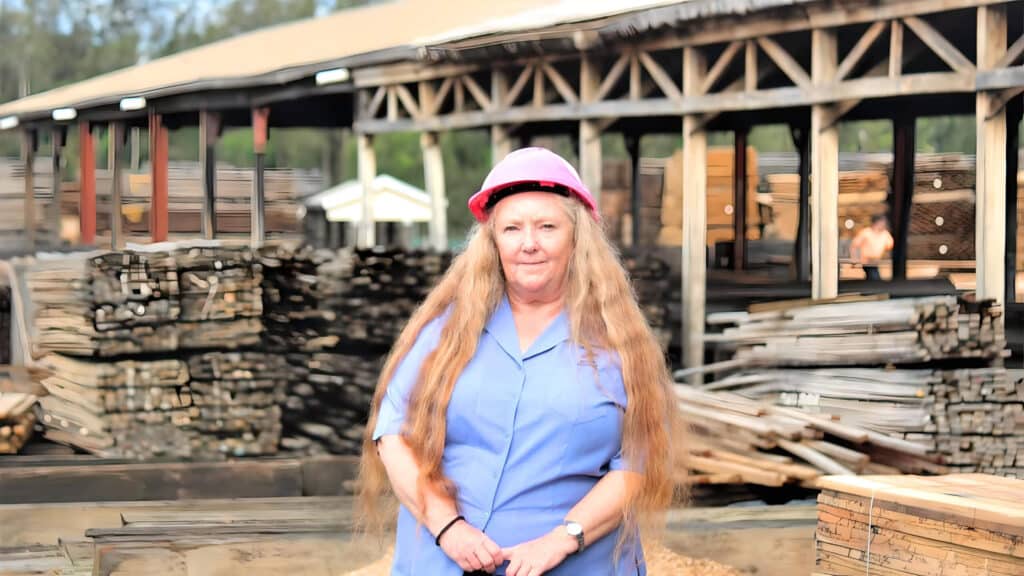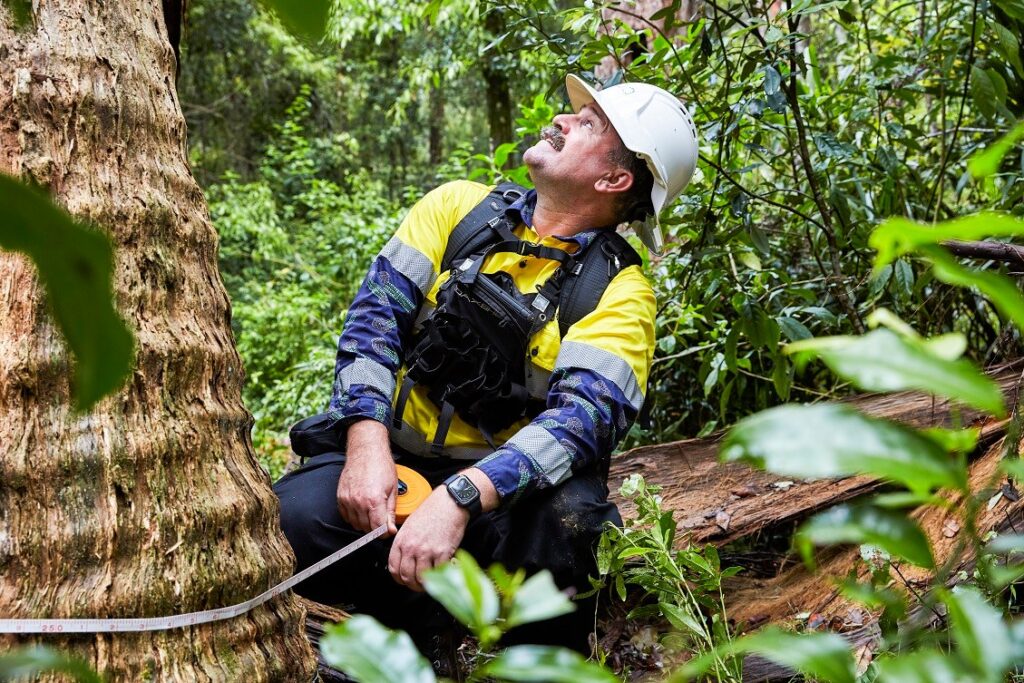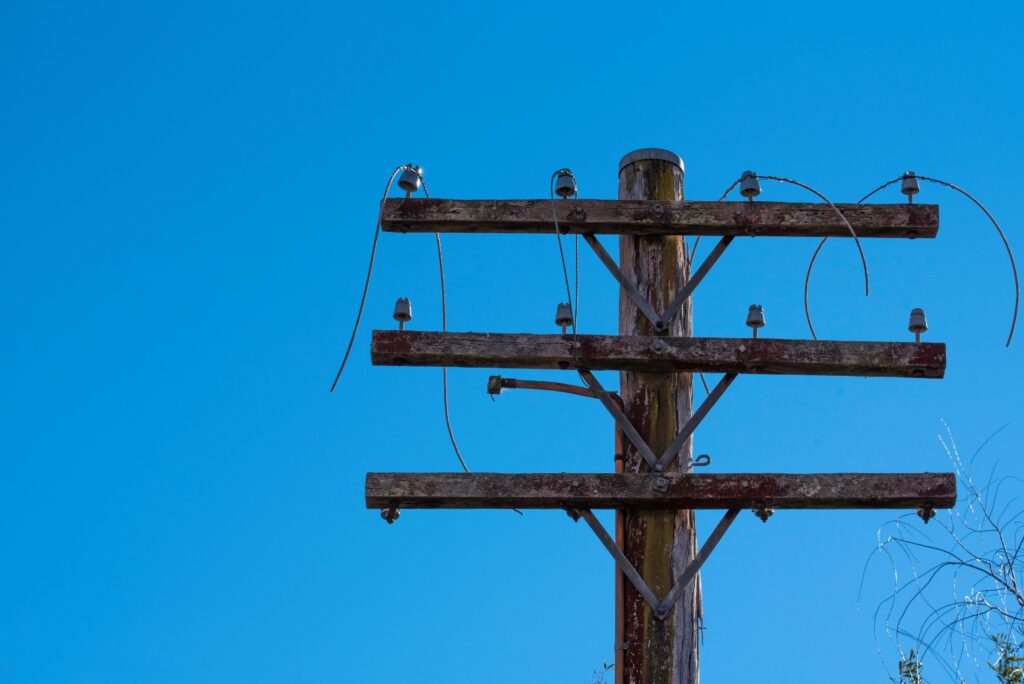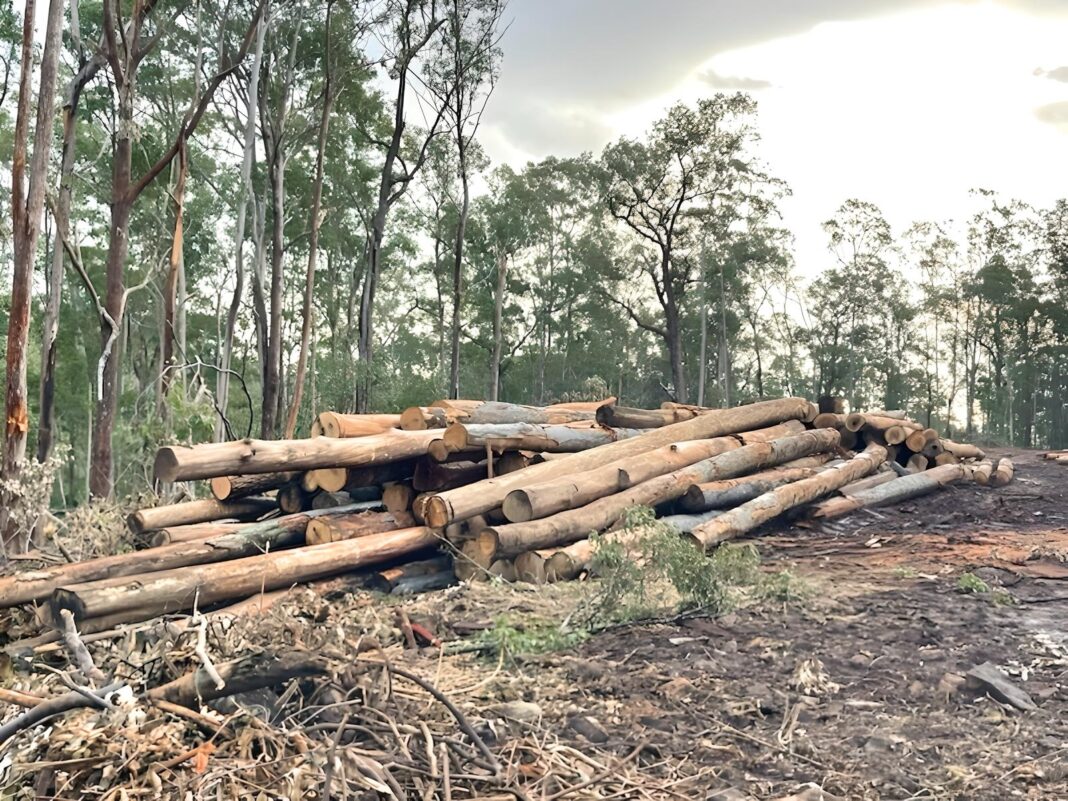Australia’s largest state is on the brink of a hardwood supply crisis, with the scarcity of essential resources threatening to disrupt the supply chains for building materials.
The crisis comes at a time when NSW is already grappling with a housing crisis, which threatens to get much worse due to worsening supplies.
And the problem is not limited to housing, with the state’s mining and utility networks also paralysed due to a “fight between government departments” over the management of NSW’s state forests – which has seen countless stop work orders issued to crews working in forests.
According to Simon Croft, Housing Industry Australia’s Chief Executive for Industry and Policy, the looming timber cliff could skyrocket the price of hardwood building materials over the next few months.
“Hardwood in housing is still very extensively used in flooring, decking, and window frames,” Mr Croft told the Daily Telegraph, adding that “as stocks get low, it will become more of premium and a lot more expensive.”
NSW now has a 377,000 housing gap and is turning to “factory building” to correct one of the world’s highest and least affordable property markets. However, if things don’t change quicksmart, the industry warns it will join Victoria and Western Australia in sourcing timber from international markets to make up the shortfall.
That is according to stakeholders who spoke to Wood Central today about the crisis in the state’s hardwood supply chain, which has left more than 25 sawmills with a “substantial gap in supply.”
“We were told, effectively overnight, that we no longer had log supply,” according to Donna Layton, General Manager of Marshall Notaras Hardwoods, one of the businesses impacted by new changes to logging introduced to protect gliders in NSW forests. “We have tried to make the shortfall in private forests; however, the supply is simply not there,” she said, adding that finding alternative supply “can take months and months.”

Ms Layton is part of the Northern NSW forest economy, which with the other hardwood timber regions, according to an EY report published last year, generates more than $2.9 billion in economic activity for the state economy. Responsible for producing two-thirds of the state’s hardwood, the industry is now under siege, with Ms Layton involved in a delegation that met with policymakers at the NSW Parliament House earlier this year.
The latest changes to glider rules – the third so far this year – make the constantly shifting sands almost unworkable, according to Tim Lester, the CEO of the Australian Forest Contractors Association, with Maree McCaskill, the CEO of Timber NSW, claiming that the industry is now bleeding, with the latest move, death by a thousand cuts.
“It costs each harvest crew on average between $2,000 and $4,000 for every day that harvest crews are stood down (due to the change in rules), and up to $20,000 for crews with hauliers with larger fleets,” Ms McCaskill said.

Speaking to AAP yesterday, NSW Agriculture Minister Tara Moriarty said she is deeply concerned about the impacts on businesses and workers: “I want agencies to work better together so we can minimise the impacts of protocol changes on workers,” Minister Moriarty said.
A spokesperson for the Forestry Corporation of NSW—the state agency responsible for managing the state forests—said that the supply chaos could have been avoided if the EPA—the state’s environmental watchdog “with teeth”—had given it more time to implement the changes.
“We are working as quickly and diligently as we can to get operations recommencing and to minimise delays in supplying timber to the industry that supports local, regional communities,” they said before adding that they did not know when the stop work orders would end.
Spotlight on EPA: Legislator Slams Regulator Over Bias
The supply cliff comes after Mark Banasiak, an influential member of the NSW Upper House, addressed NSW Environmental Minister Penny Sharpe in March with allegations about the EPA’s integrity and competence.
At the time, he said the EPA “insisted on things that were physically impossible to achieve, and they knew that. They insisted on black and white things when they knew they never could be.”
As a result, the EPA has been defying public policy, exercising personal bias, and bullying the Department of Primary Industries (DPI), which Mr Banasiak said is responsible for forestry policy.
Why NSW hardwood shortages now risk electricity supply
In March, Wood Central revealed that half of all NSW power poles come from coups potentially tied up in coups subject to Glider action and/or the Great Koala National Park – with the state’s largest supplier, Koppers, concerned that the government is sleepwalking into a catastrophe—at the exact time the network needs a major service!

Richard Lyons, Vice President of Koppers Australia, says changes to harvest areas on the North Coast would be disastrous for electricity ratepayers across the state.
It comes as Wood Central reported that a $25 million-a-year financial blackhole would hit the NSW Government. Industry experts confirm that concrete-based poles “cost 2-3 times more than timber” and steel and fibre composite, which are even higher at “3 to 5 times more than hardwood.”
- For more information about the impact of a hardwood shortage on Australia’s distribution network, click Wood Central’s special feature.






